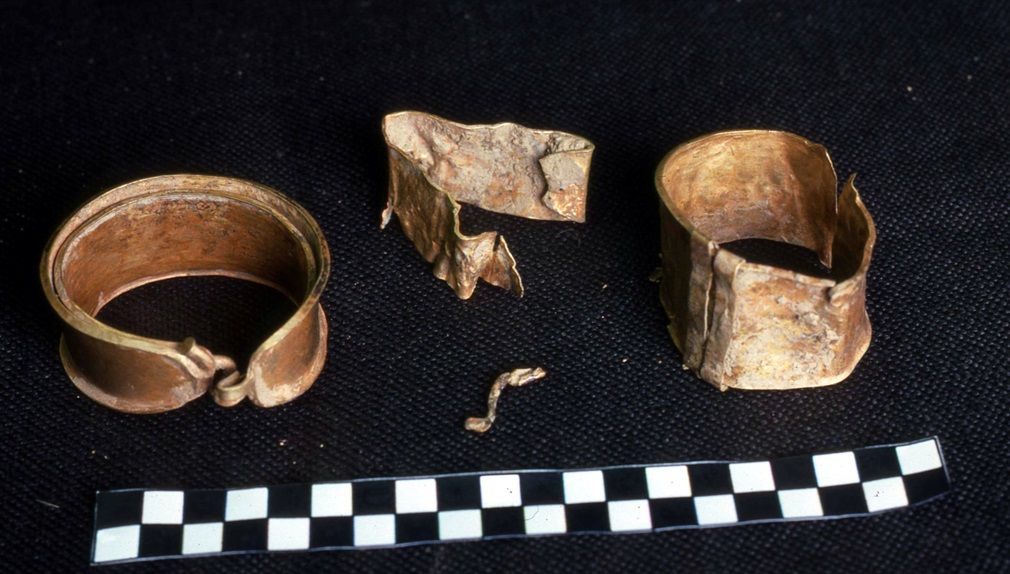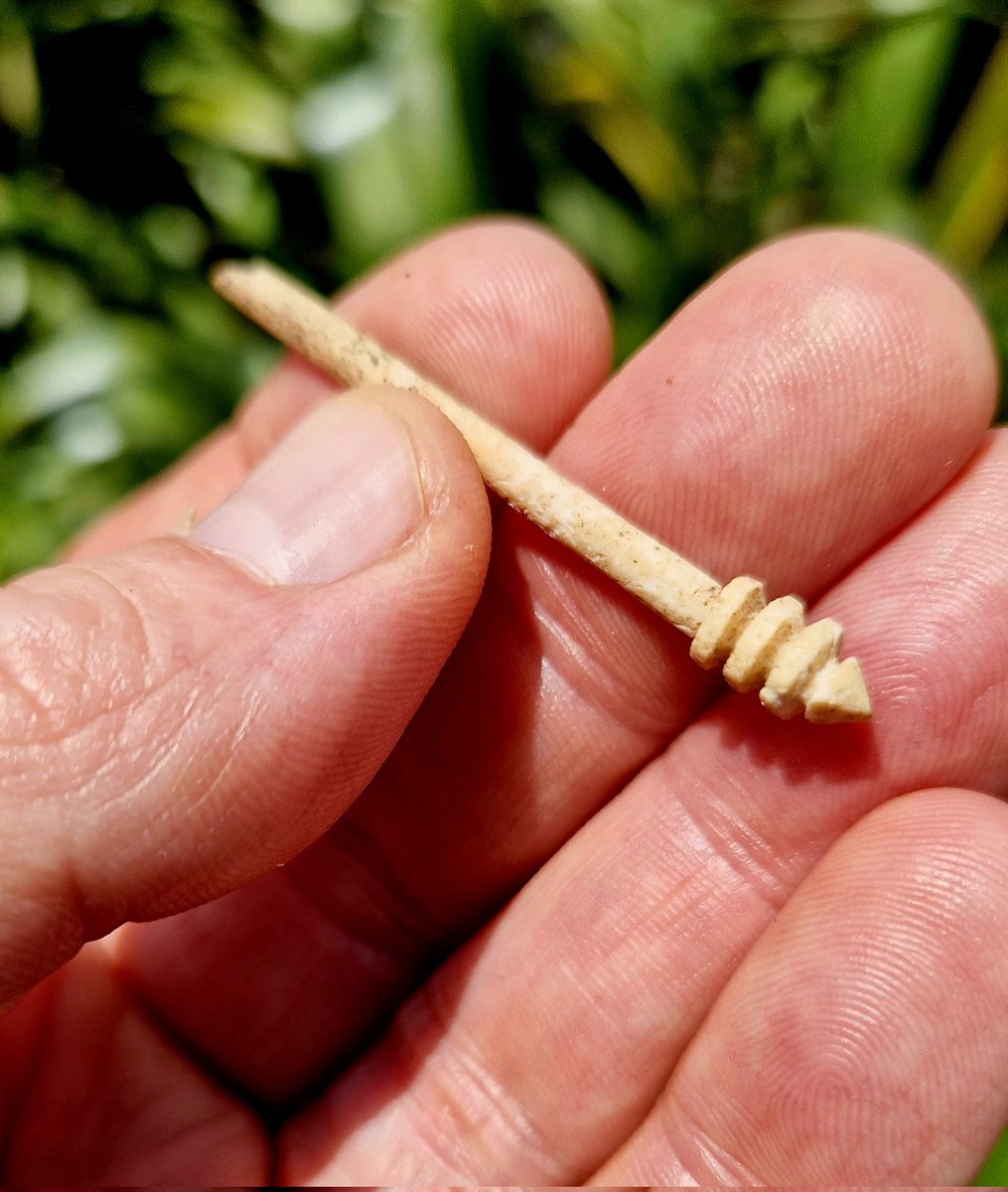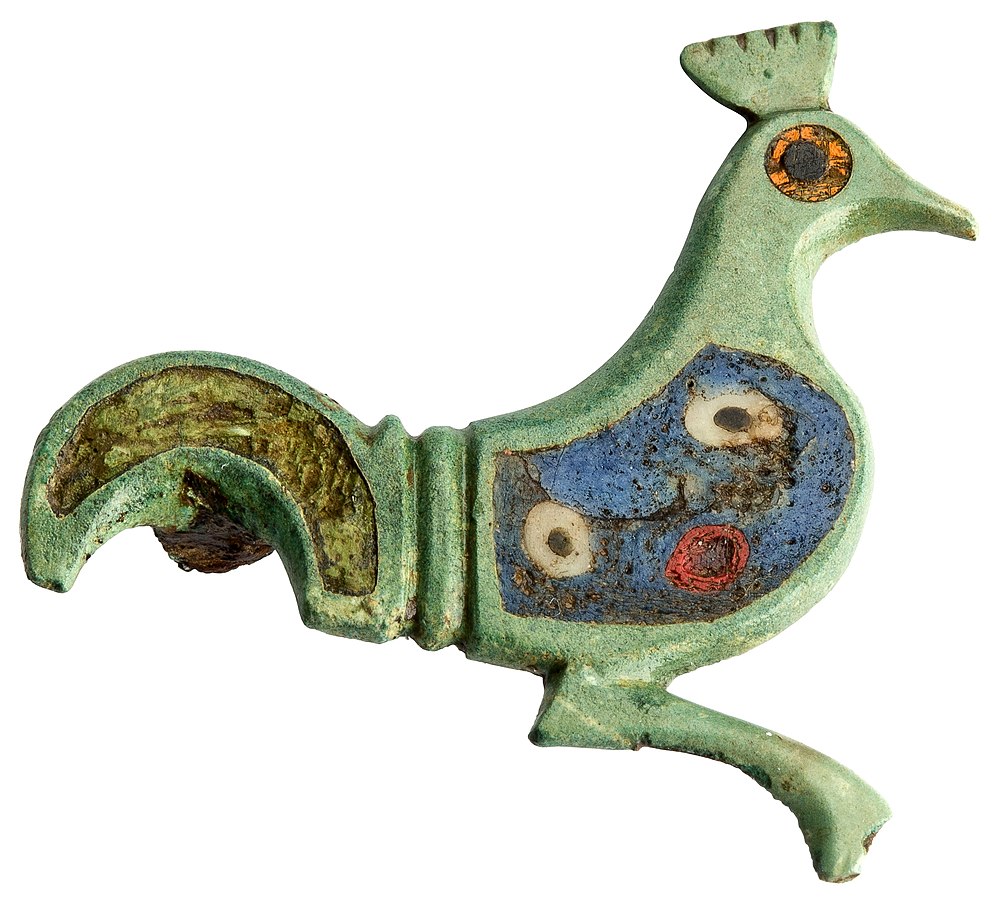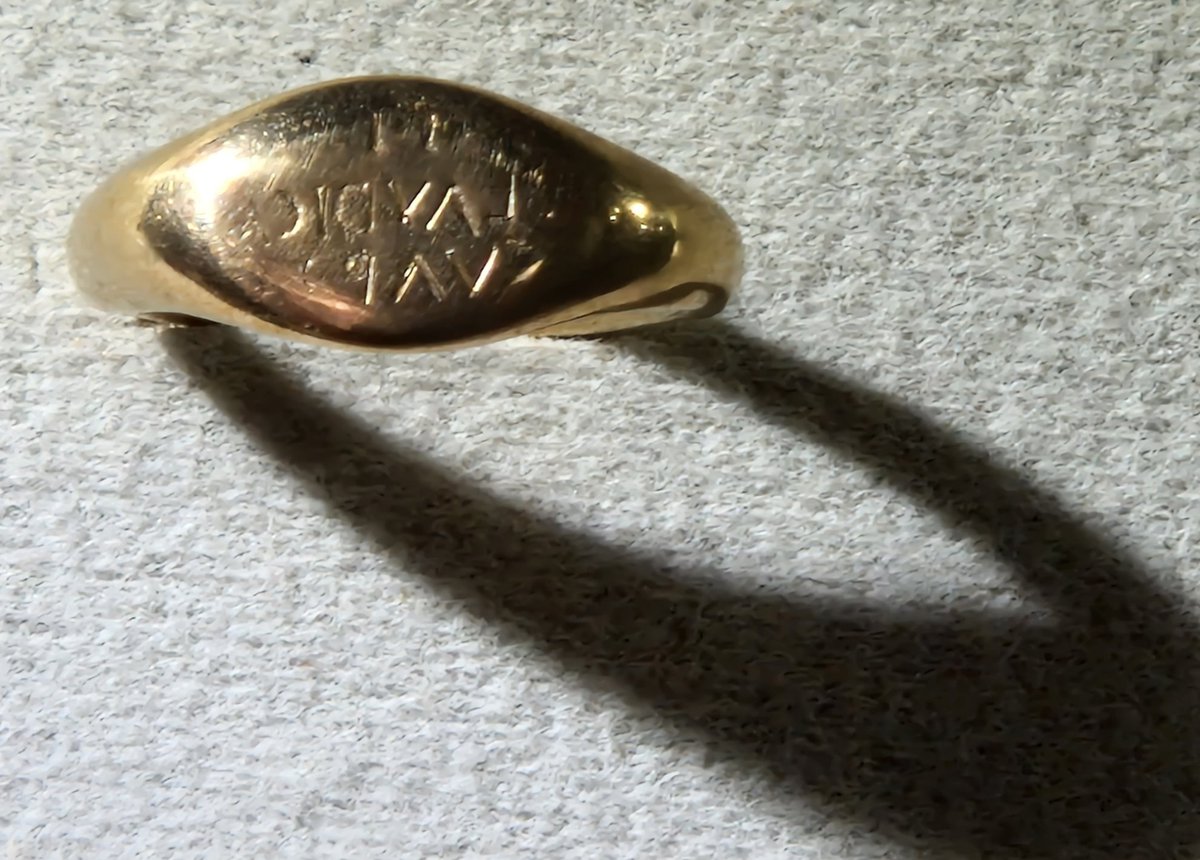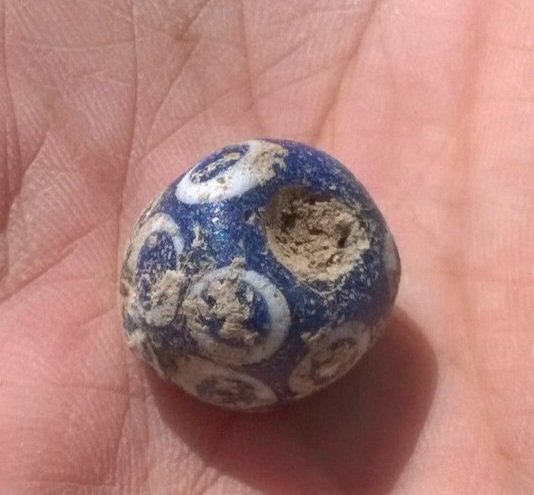
The ‘Colchester Mercury’ - a bronze statue of the god Mercury found during ploughing at Gosbecks Farm, 3 miles south of Colchester on the site of a Romano-Celtic temple. Found just after WW2, the statue is now part of the collections at Colchester Castle. #FindsFriday 📸 My own
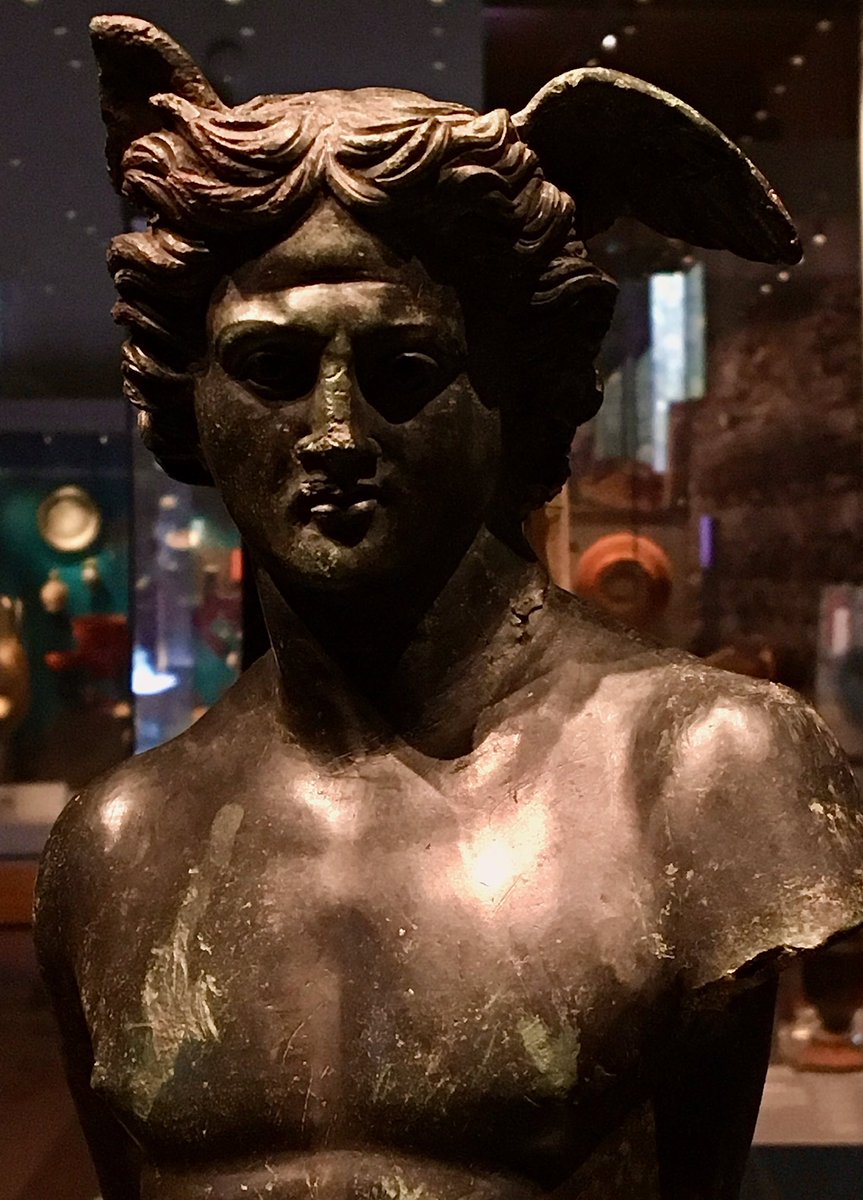

Viking-age leather shoes excavated at Coppergate, York.
Remarkably well-preserved for more than a 1000 years, they wouldn’t look too out of place if worn today! 🤩
Yorkshire Museum and Jorvik Viking Museum, York.
📷 my own
#FindsFriday
#Archaeology
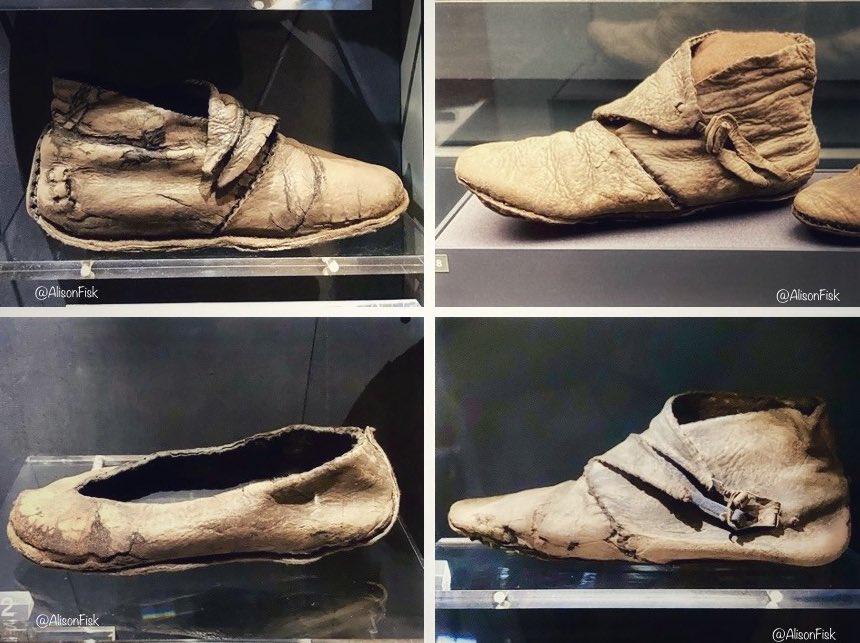


Happy #FindsFriday !
We found this funny little artefact on our dig at Earth Trust. We found it on a Roman part of the site, and it's made of metal. But what is it for?
Serious suggestions, silly guesses, and wild speculations, are all welcome!
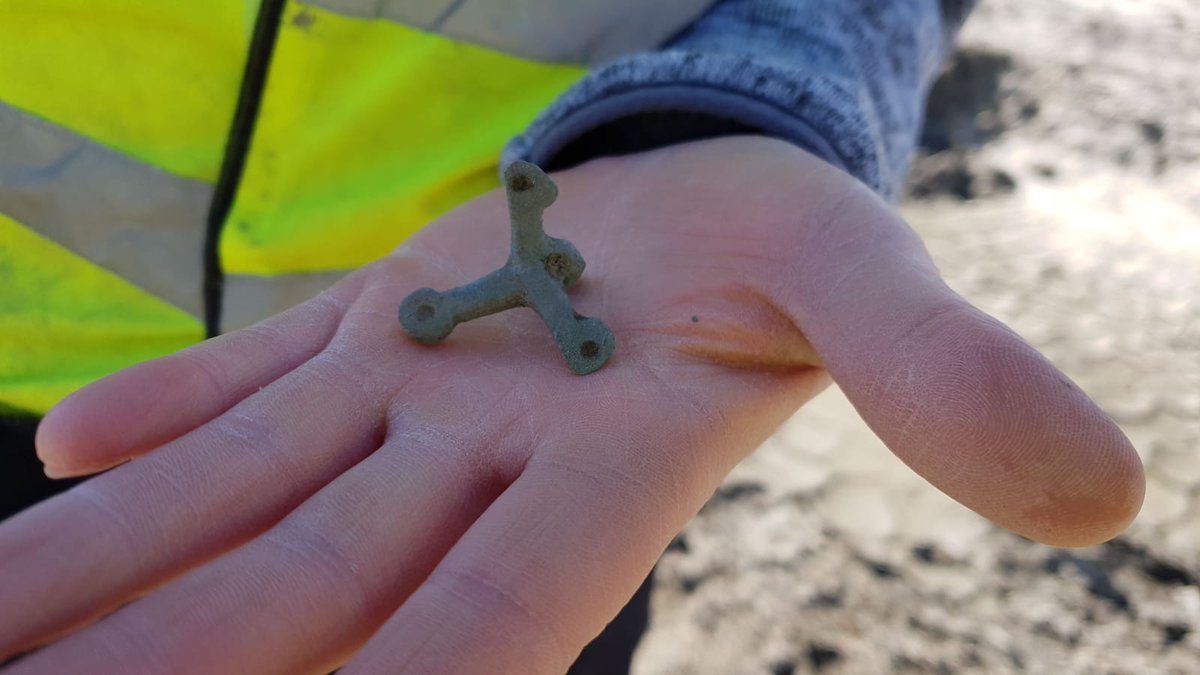

Late Iron Age bead of royal blue glass with nine white swirls three of which raised found at Glanbidno Uchaf, Llangurig, Powys. Image NMW. #findsfriday museum.wales/collections/on…


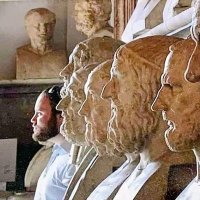
#FindsFriday
#Gold torc, 75 BC, found in the Needwood Forest, in the UK. On loan to the British Museum.
C. F. C. Hawkes
The British Museum Quarterly
Vol. 11, No. 1 (Oct., 1936), pp. 3-4 (3 pages)
Published By: British Museum
#History #Archaeology
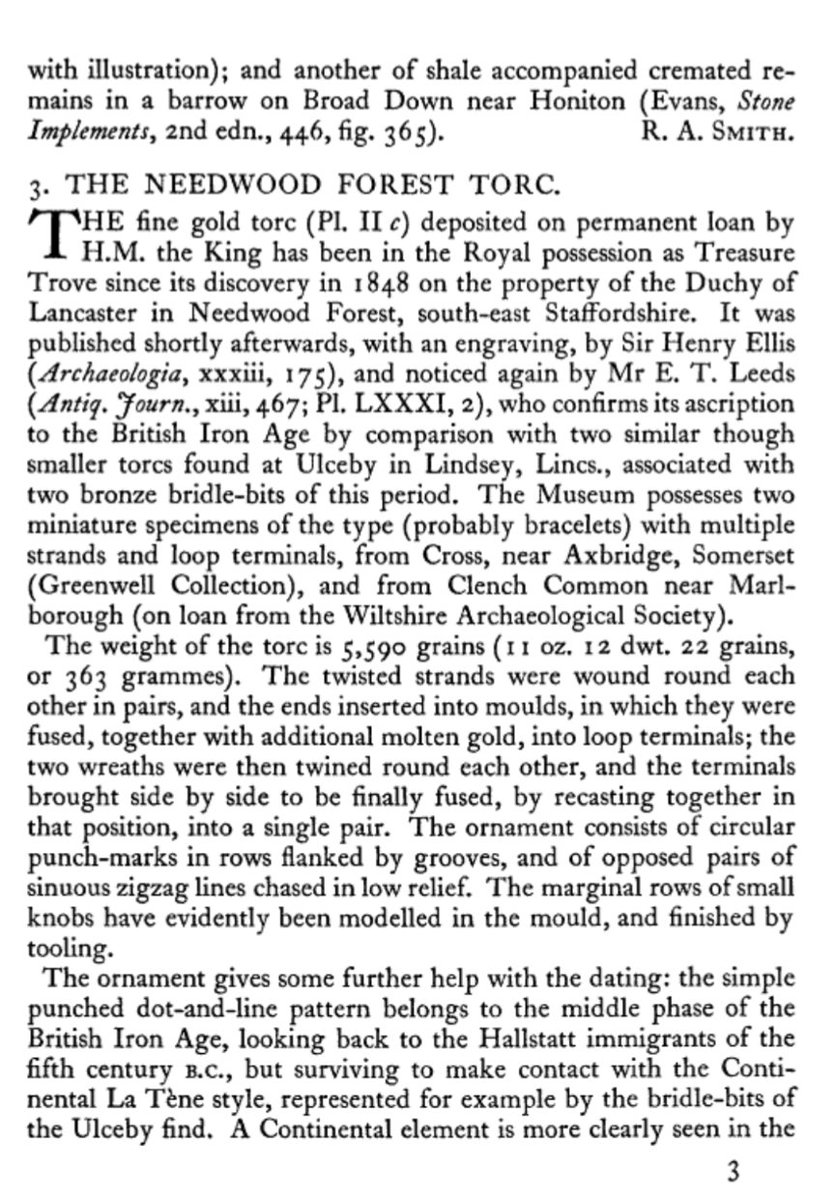

For #FindsFriday a new discovery: Greek-Illyrian helmet unearthed in Pelješac, Croatia.
👉thedubrovniktimes.com/news/dubrovnik…
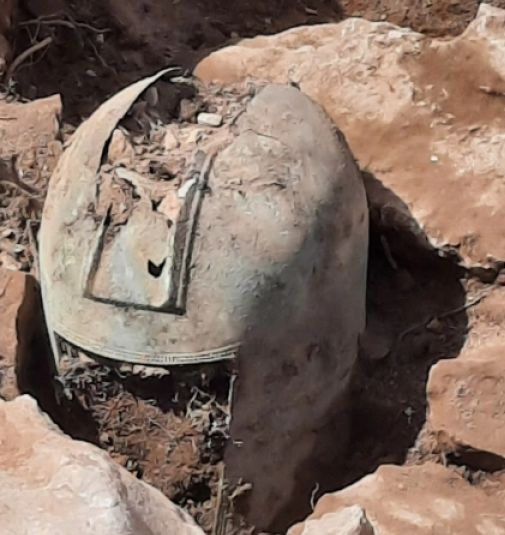
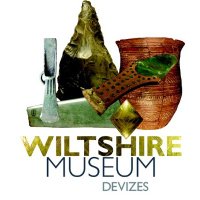
NEW ACQUISITION!
This week on #findsfriday , we are sharing a new entry into our collection! An incomplete Roman lead curse tablet, dating to c AD 43 - 410.
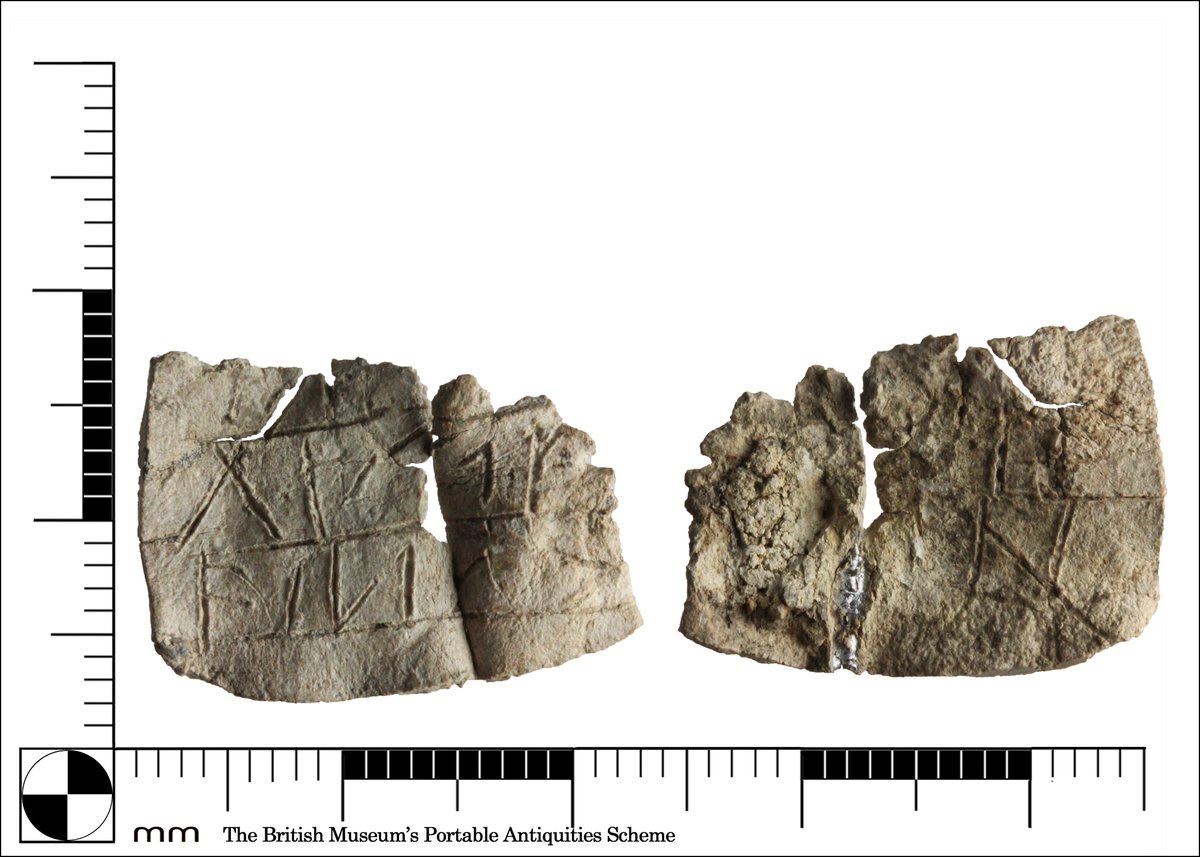

For #FindsFriday , an adorable #Egyptian #frog amulet, made of carnelian. Because of their numerous offspring, #frog s were considered a symbol of fertility. From Qau el-Kabir, Old kingdom (c. 2700 BC – c. 2200 BC), now at the Manchester Museum.
Photo: egyptmanchester.wordpress.com/tag/frogs/
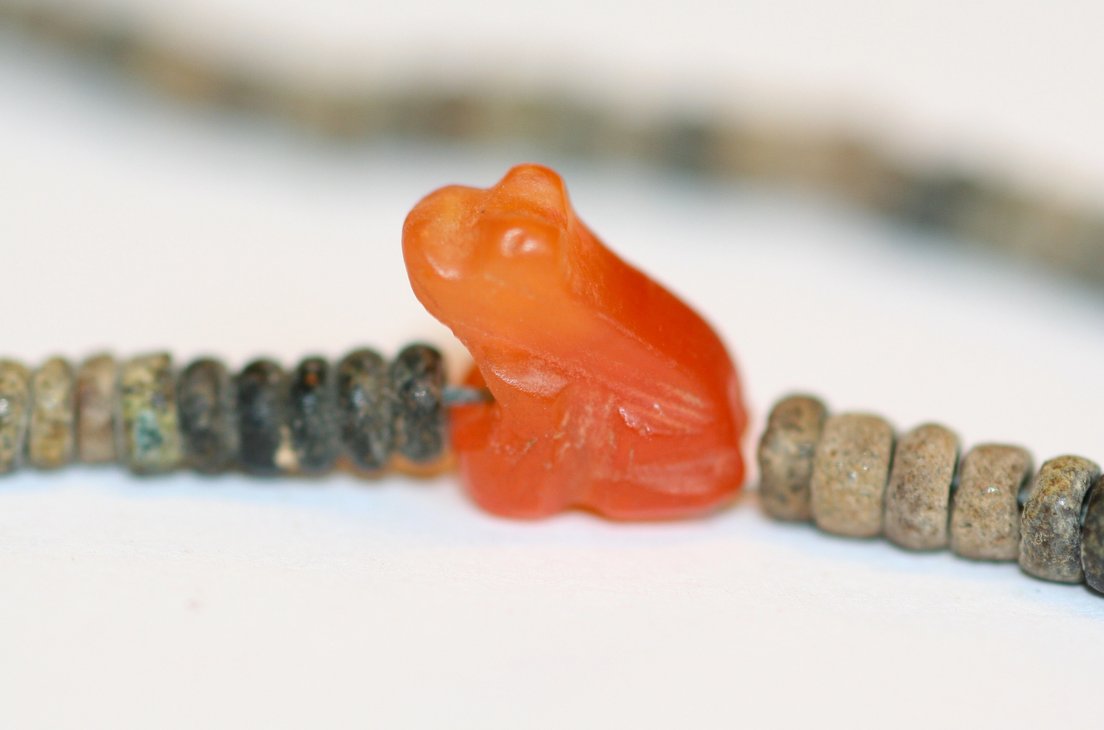
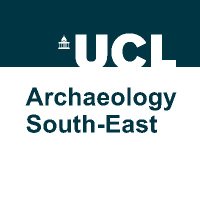
#FindsFriday This butt-beaker was found in the ‘warrior burial’ of an 18-25 year old, dating to 10AD. ⚱️It’s a ‘Gallo-Belgic’ type, and the mass production of this vessel spanned from 10BC – AD14, just 24 years! A sword was also buried with the body: tinyurl.com/2xepzufb ⚔️
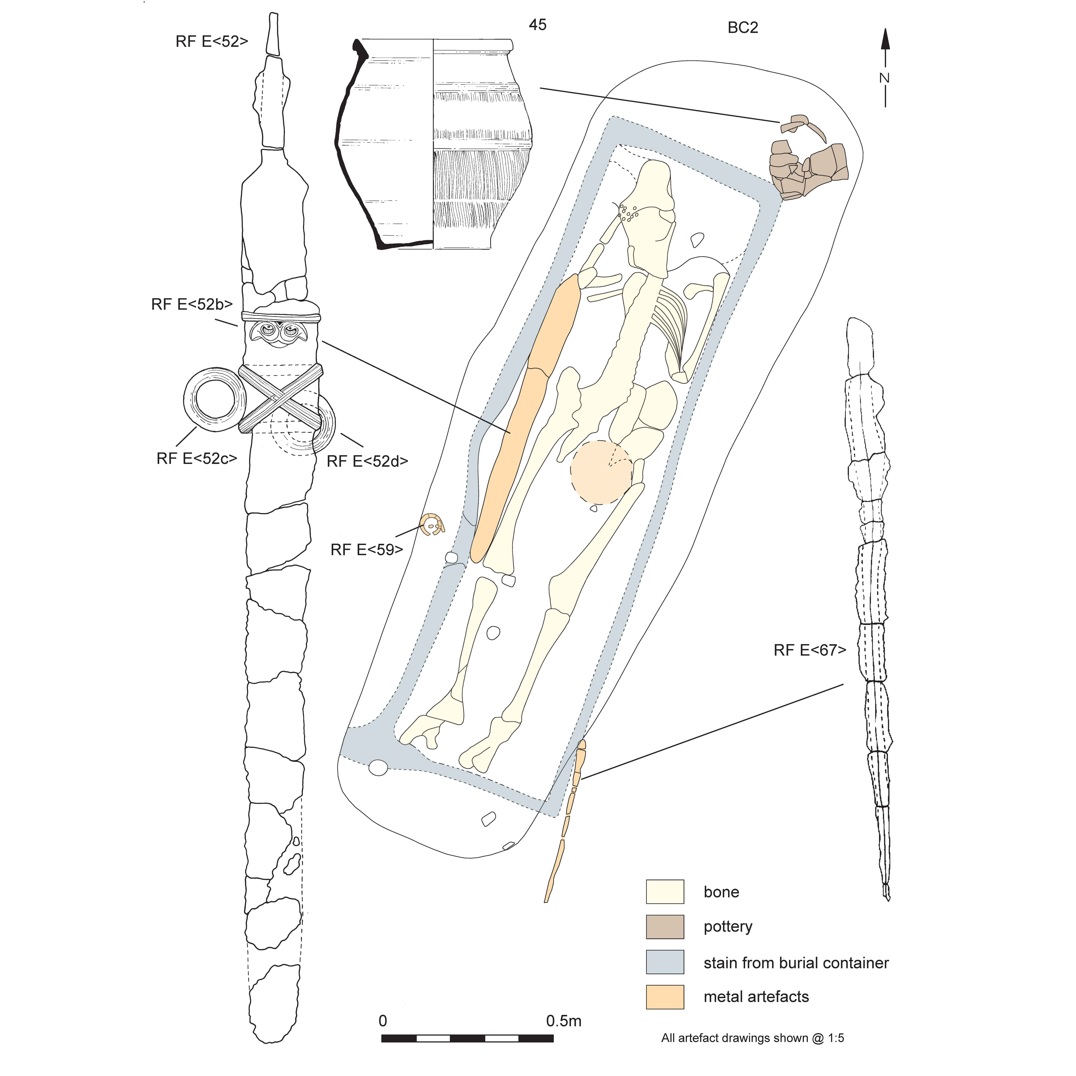

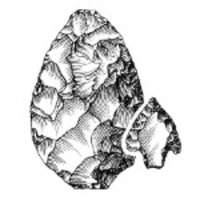
🫧🪥For #FindsFriday we thought we would share an important process behind any artefact analysis: the cleaning of those artefacts!
After cleaning, a specialist is able to identify the knapping characteristics with more clarity.
What knapping characteristics can you spot?

New discovery: Roman settlement discovered in Merendree, Belgium, dating 1st to 3rd century AD. Numerous finds were made, including a deposit of 159 intact pottery vessels (plates, pots, bowls) and fibulae (pins for fastening garments).
m.nieuwsblad.be/cnt/dmf2024040…
#FindsFriday


#FindsFriday - today at our #Bandofbrothers dig - a helmet buckle strap, Garand rifle clip, grenade pin ring. But what is the buckle with the scale? #archaeology #wellbeing #opnightingale #veterans #diggingbandofbrothers Defence Infrastructure Organisation
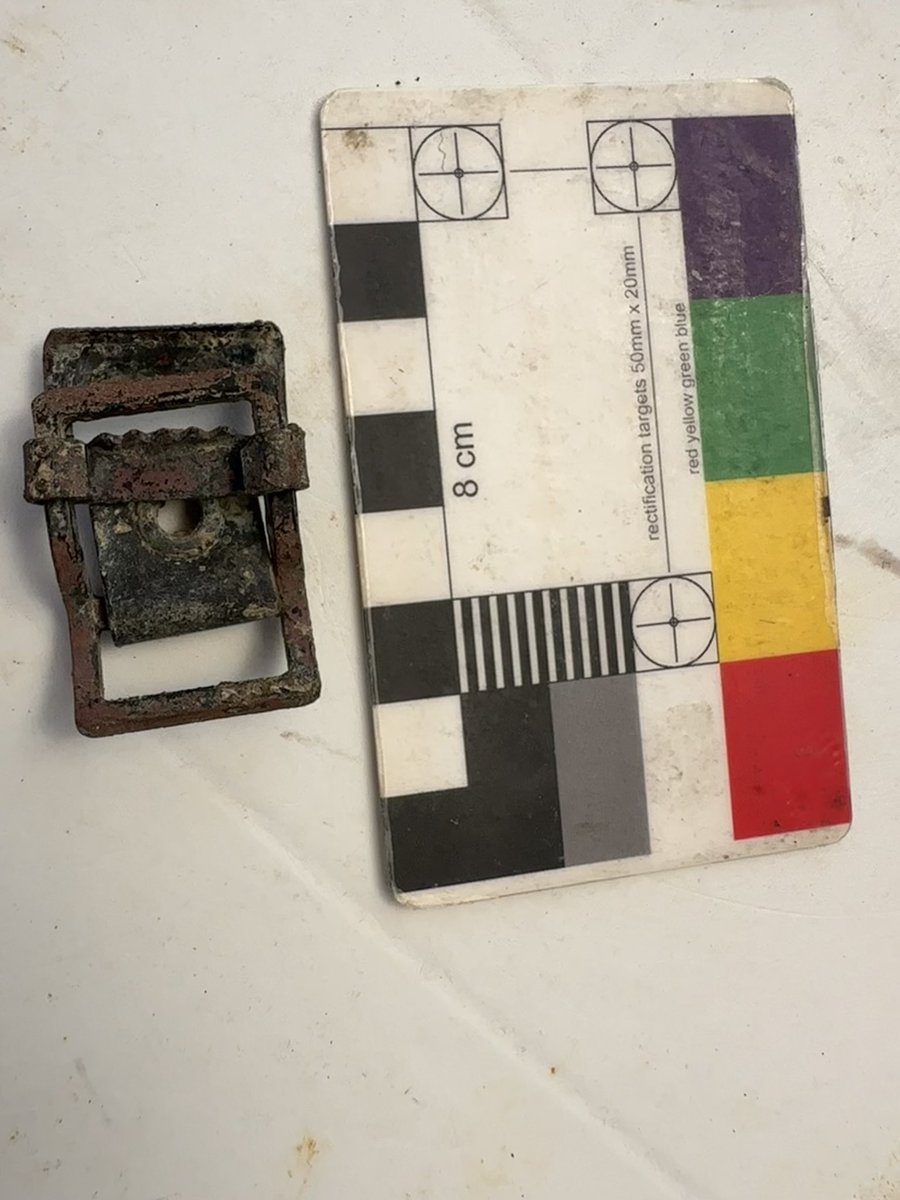

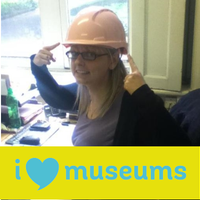
This is an Anglo-Saxon wrist clasp. These objects were used to fasten the cuffs of women’s clothing and are found almost exclusively in the Anglian culture-province of East Anglia, Cambridgeshire, the East Midlands, North and East Yorkshire. #FindsFriday finds.org.uk/database/artef…
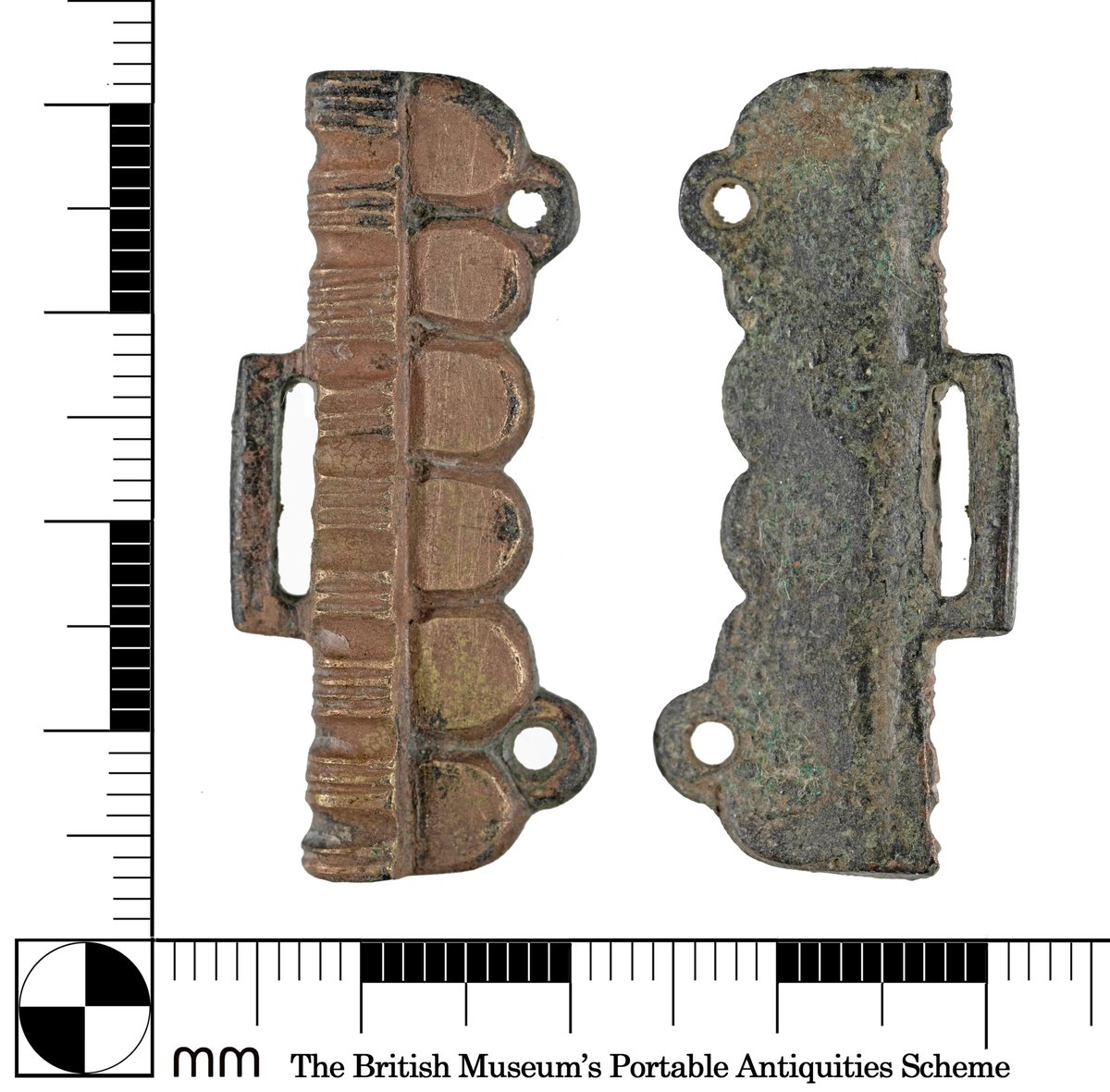

We've got lots of Roman pottery on National Highways A428 Black Cat to Caxton Gibbet including this mortarium sherd found by Archaeologist Peter.
This dates from between AD 50-190, and study of its stamp should be able to tell us the potter's name & workshop location! #FindsFriday
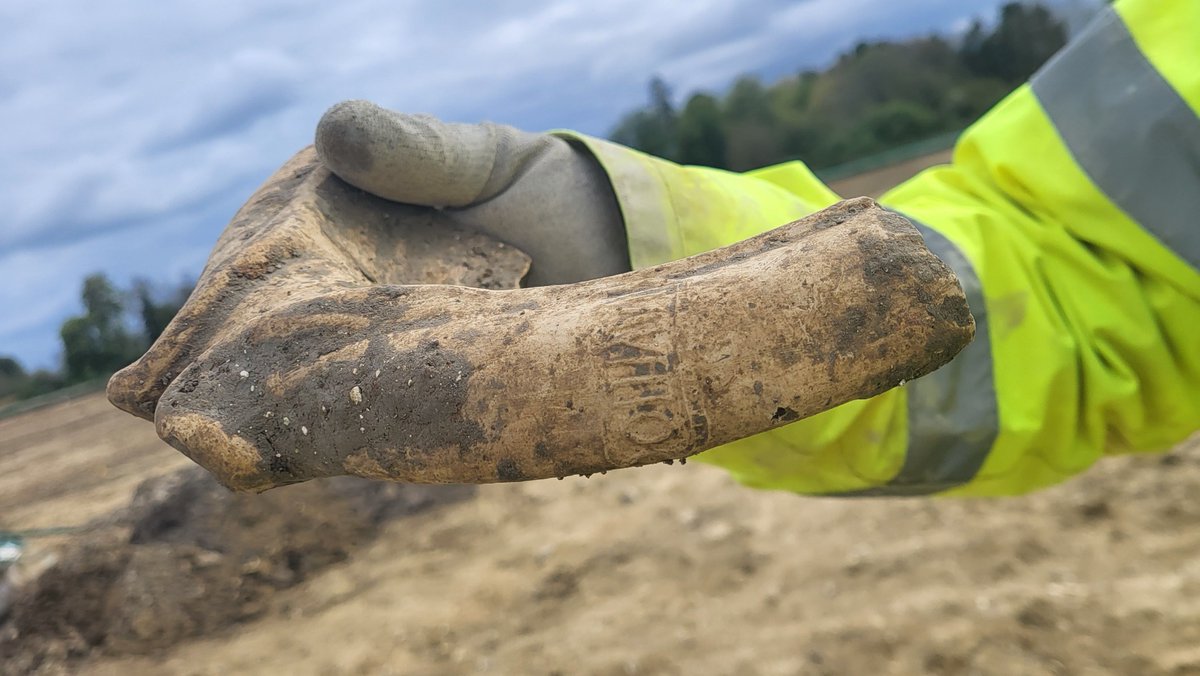

#FindsFriday So - did the Romans invade Ynys Môn/Anglesey because of Druids 🧙 or....
..the immense copper wealth of Parys Mountain? 🤔 Probably both..
Hefty Roman copper ingot from coastal Aberffraw, on display in the excellent Oriel Ynys Môn.
📷 My own, last week
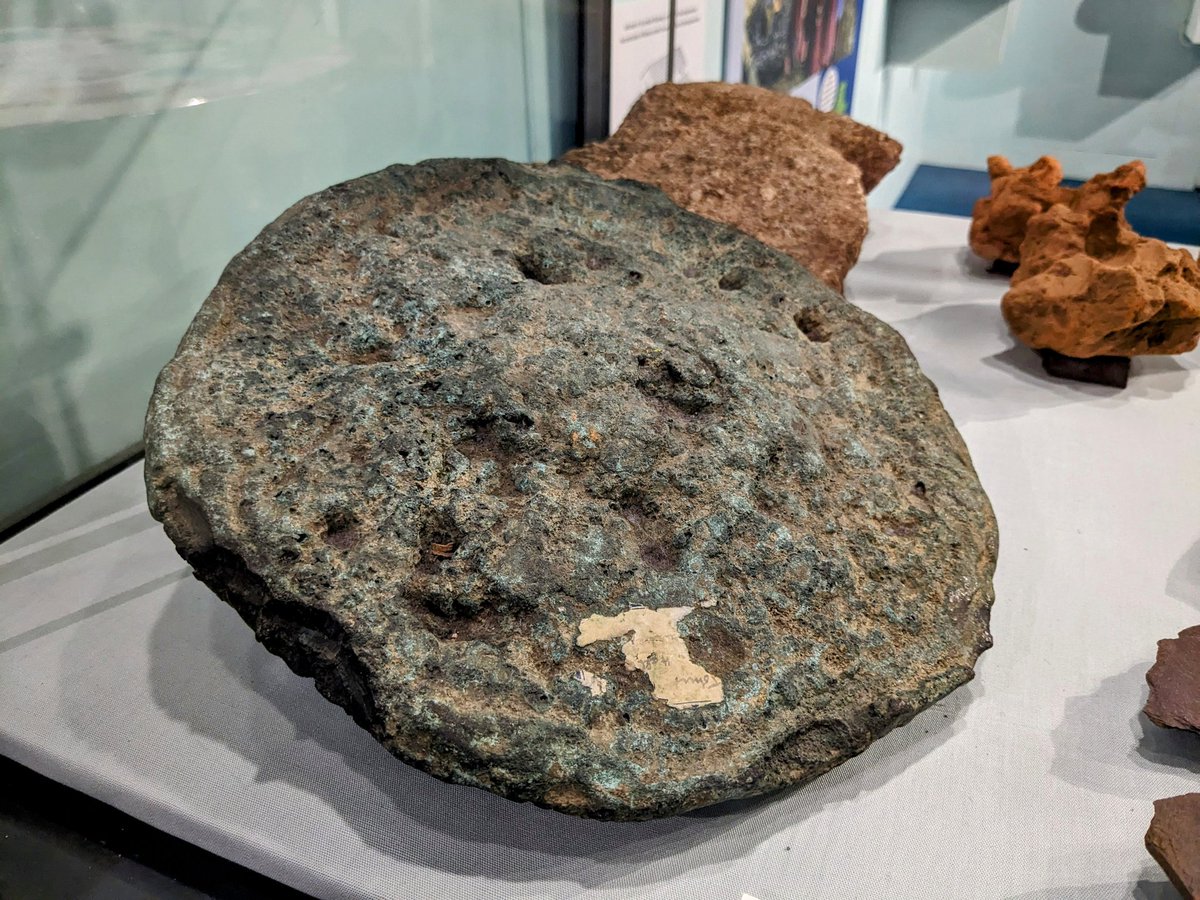

✨ Some more nostalgia today, this time in the form of #FindsFriday - PRN 1 - that's right, number one! A Hoard of Bronze Age gold jewellery found during the excavation of a sewer trench in 1976. The finds were declared Treasure Trove, and now live in Amgueddfa Cymru, Cardiff.
